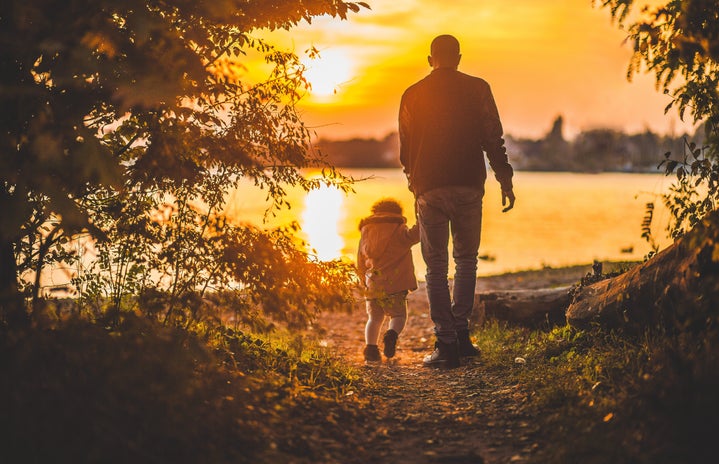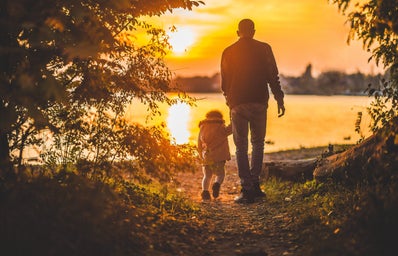Día de los Muertos is a day to commemorate our loved ones that have passed. It is a celebration of life, instead of mourning the lives we lost. Families celebrate this holiday by putting up ofrendas to honor their loved ones that have passed. The ofrendas are a collection of offerings for the spirits of our loved ones. These ofrendas, or offerings, are made up of pictures of the departed loved ones, favorite foods and drinks, calaveras, and bright yellow marigold flowers. Calaveras, or skulls, are a popular icon of Día de los Muertos. The skulls are often portrayed smiling, as if it was laughing at death. These skulls are shown in the forms of sugar skulls, clay decorations, or face painting. La Flor de Muerto, better known as marigolds, also holds a high significance in this celebration. Marigold’s vibrant color and aroma are said to attract the spirits and provide a path, leading to the ofrenda. “They symbolize the beauty and fragility of life”.The ofrendas are said to encourage the spirits of our loved ones to visit from the land of the dead, being led by the smells of their favorite foods and our prayers, to join us in celebrating life. This celebration starts November 1st at 12 am. This day is known as Día de los Angelitos. This day is for the spirits of children. It is believed that on this day, the spirits of children cross over and reunite with their families. On November 2nd at 12 am is Día de los Difuntos. This is where the celebration shifts to the spirits of adults being able to cross over and reunite with their loved ones. On November 2nd at noon, it is officially Día de los Muertos, where all spirits are able to cross over and once again reunite with their loved ones. There are also other dates in which specific members of the family come to visit. These dates are not celebrated by everyone for Día de los Muertos, but they are still known. October 27th is when pets who have passed come to visit. October 31st is for our ancestors, specifically our great grandparents and great-great grandparents. There are also important things to do to prepare for Día de los Muertos, involving lighting candles, placing glasses of water, and placing food on the ofrenda. My family has never celebrated Día de los Muertos, as beautiful of a holiday it is, but we still always talk about my family members who have passed, in order to keep their memories alive. This year, I finally got to put pictures of my family members on an ofrenda. This filled me with so much joy and excitement, that my family will cross over to visit me. It gives me a sense of peace and certainty that I will get to feel their spirit with me throughout this holiday, but I also know that they will always be there to guide me as I navigate through life, as their memory will always be in my heart. Overall, Día de los Muertos is about keeping the souls of our loved ones alive, remembering the life they lived, so their souls and memory do not get forgotten.
The 8 Days in the Día de los Muertos Celebration
October 28: The first candle is lit and a white flower is placed to receive the lone souls.
October 29: The second candle is lit and a glass of water is placed dedicated to the deceased, forgotten, and helpless.
October 30: Another candle is lit, a glass of water and a white bread is placed on the ofrenda, for the deceased who left in a tragic way or in an accident without eating.
October 31: Another candle is lit, a glass of water and a white bread is placed on the ofrenda. We also add fruit for our ancestors.
November 1st: All Saints’ Day, the souls who died as children arrive this day, all the food is placed on the altar.
November 2nd: Day of the faithful departed, souls of the dead adults, come to collect and eat the offerings that their families place.
November 3rd: The last white candle is lit, we say a prayer for our loved ones, and ask them to return next year. We say goodbye to our deceased and the ofrenda is taken down.
Works Cited
“Day of the Dead (Dia de Los Muertos).” Day of the Dead, dayofthedead.holiday/. Accessed 29 Oct. 2024.


